If you could take a molecular-level look at anything at all, what would you choose? Your favourite food? A bird feather? Or maybe even a dinosaur fossil?
Techniques like electron microscopy and mass spectrometry are usually the preserve of…
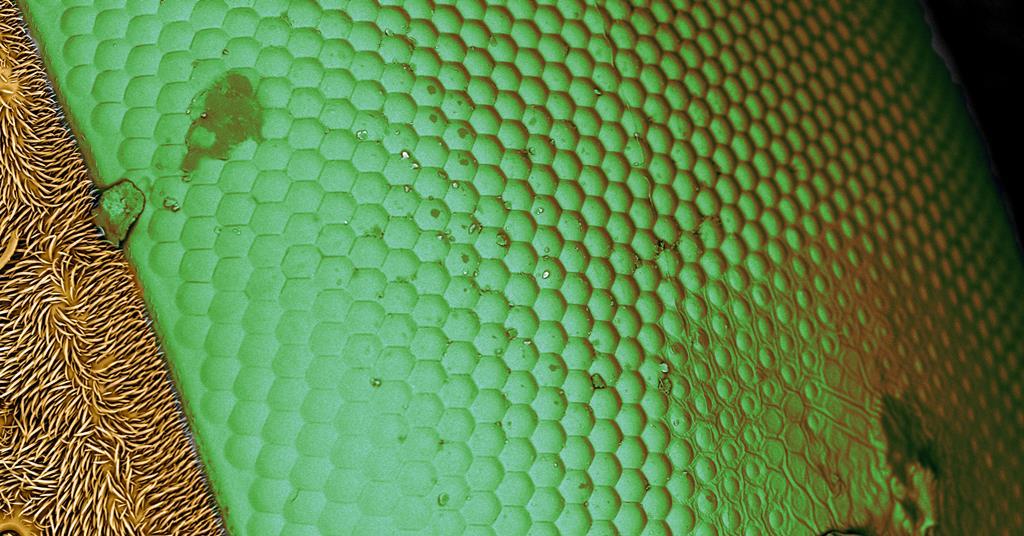
If you could take a molecular-level look at anything at all, what would you choose? Your favourite food? A bird feather? Or maybe even a dinosaur fossil?
Techniques like electron microscopy and mass spectrometry are usually the preserve of…
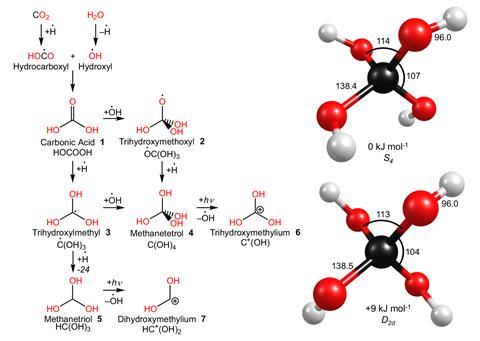
For the first time, researchers have synthesised and characterised the ‘only possible structure’ with four hydroxyl groups linked to a carbon atom – methanetetrol.
Also known as orthocarbonic acid, this molecule was first hypothesised…
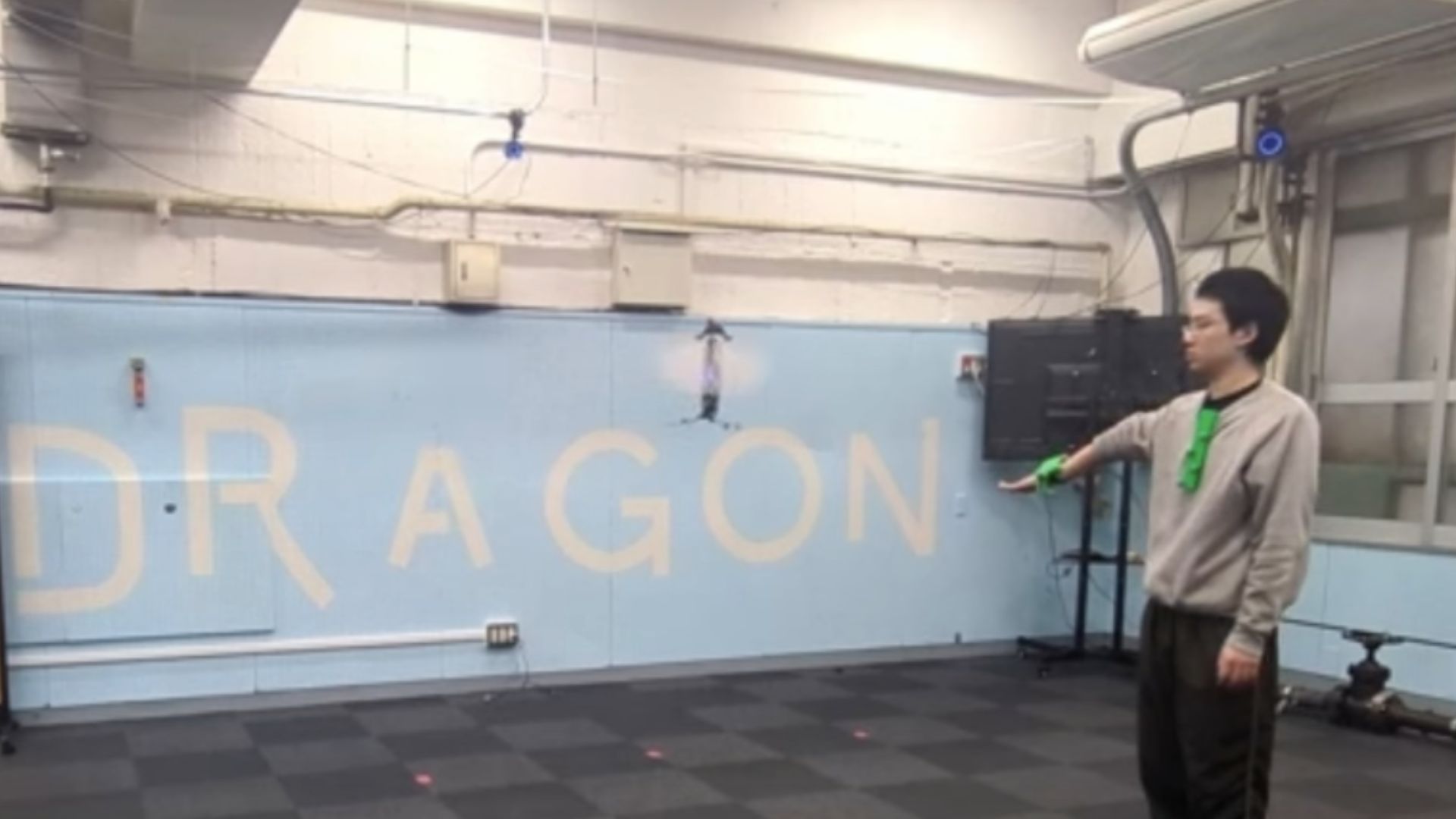
A flapping-wing drone can safely perform a soft landing on a person’s hand like a Falcon.
Developed by the University of Tokyo’s DRAGON Lab, this system combines human gestures with flight planning.
Flapping-wing drones are ideal for…
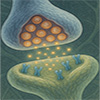
Programmable 2D nanochannels mimic both synaptic behaviour and multiple memory types, marking a major advance in neuromorphic computing.

The James Webb Space Telescope recently opened a new window onto one of the universe’s more mysterious secrets. For the first time, it has imaged black holes feeding stealthily on stars from deep within dusty galaxies, where even ordinary…

The superclouds probably produce star-forming clouds of gas, since most nearby stellar nurseries are located within the giants.

Great hammerhead sharks (Sphyrna mokarran)—the funny looking big fish with…
We should rethink how to send humans to Mars — a goal now getting much discussion. With proposed budgets and current technical difficulties in human spaceflight development making such a goal unrealistic, it may be time to change the…

More than 13 million people worldwide owe their lives to in vitro fertilization (IVF), according to the first estimates of their kind.
Since the original ‘test tube’ baby was born in 1978, the number of children brought into the world by IVF…
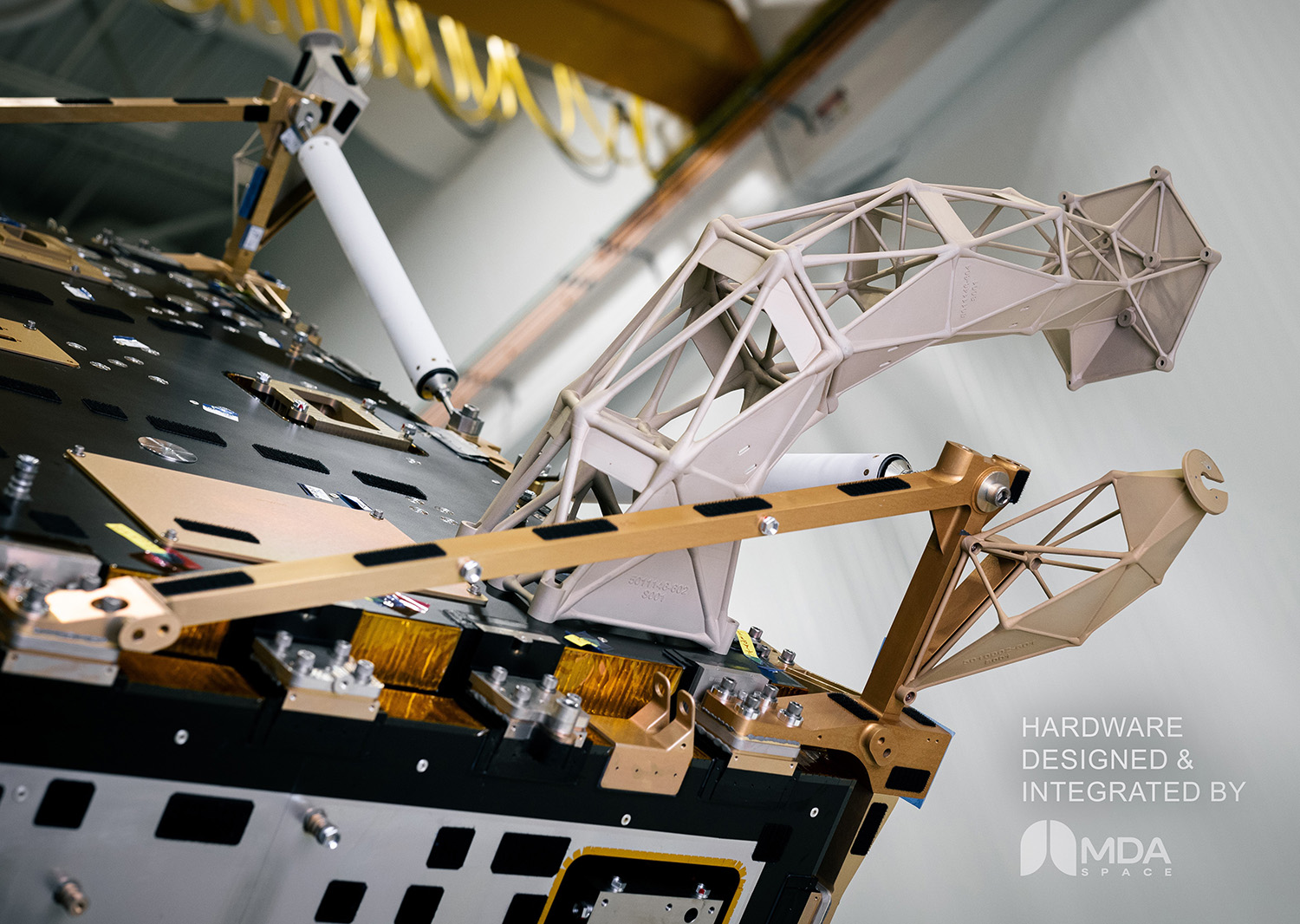
For decades, metal additive manufacturing (AM) has promised to revolutionize aerospace by offering lighter, more complex, and faster-to-produce components. But for much of its history, AM in the space sector has struggled to move beyond…